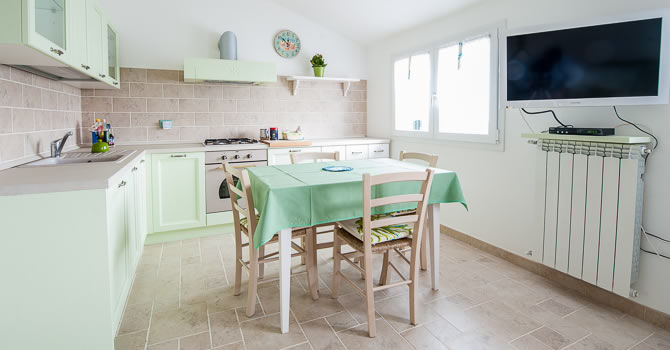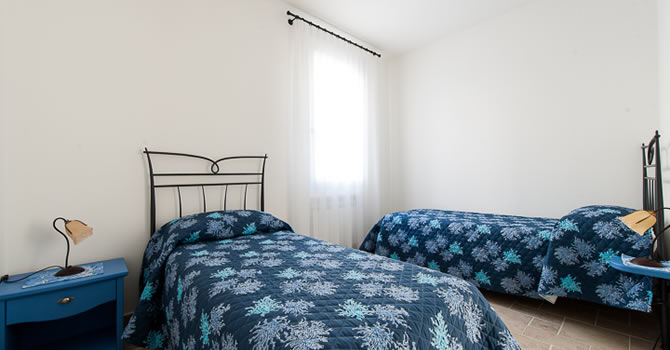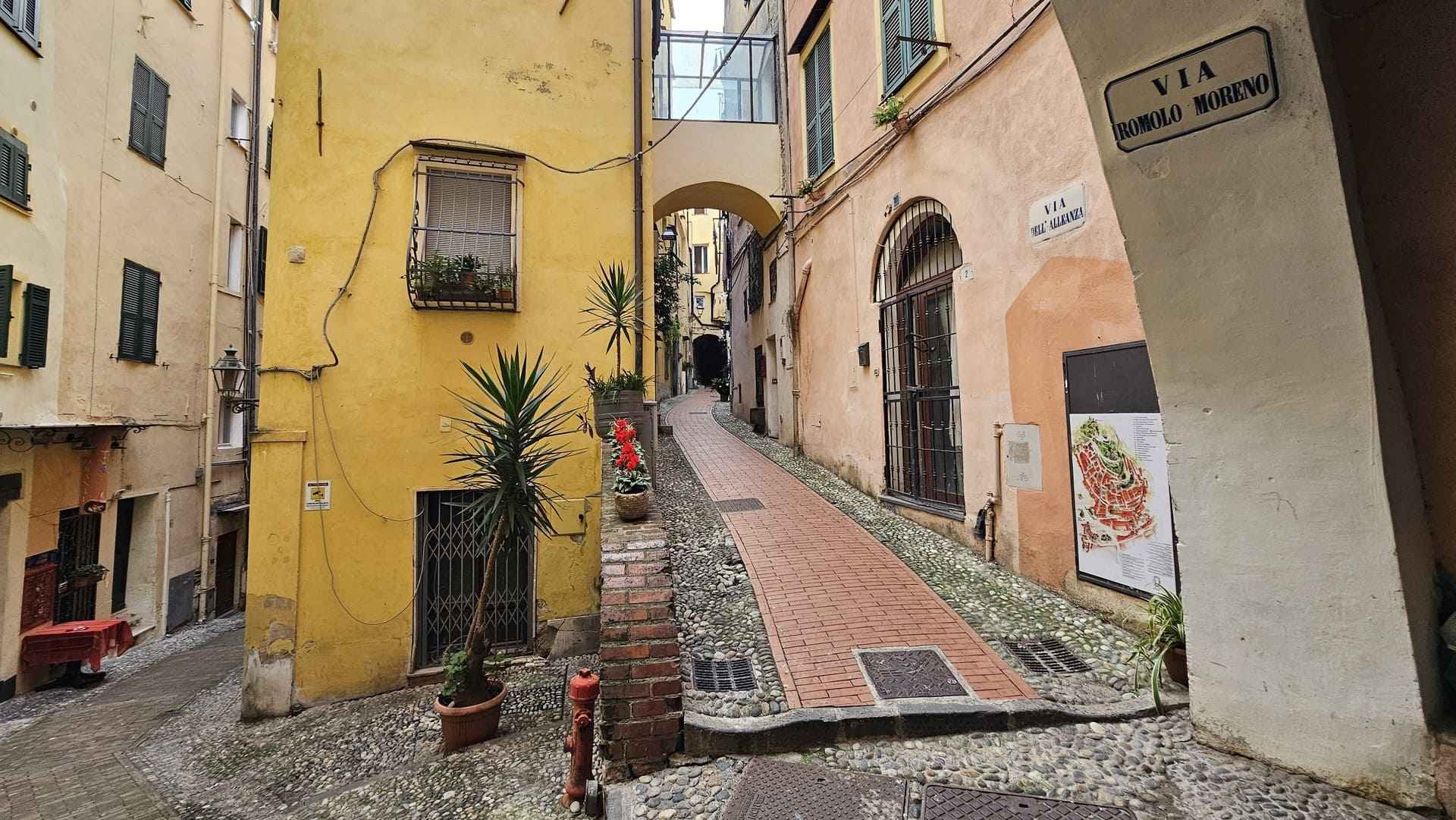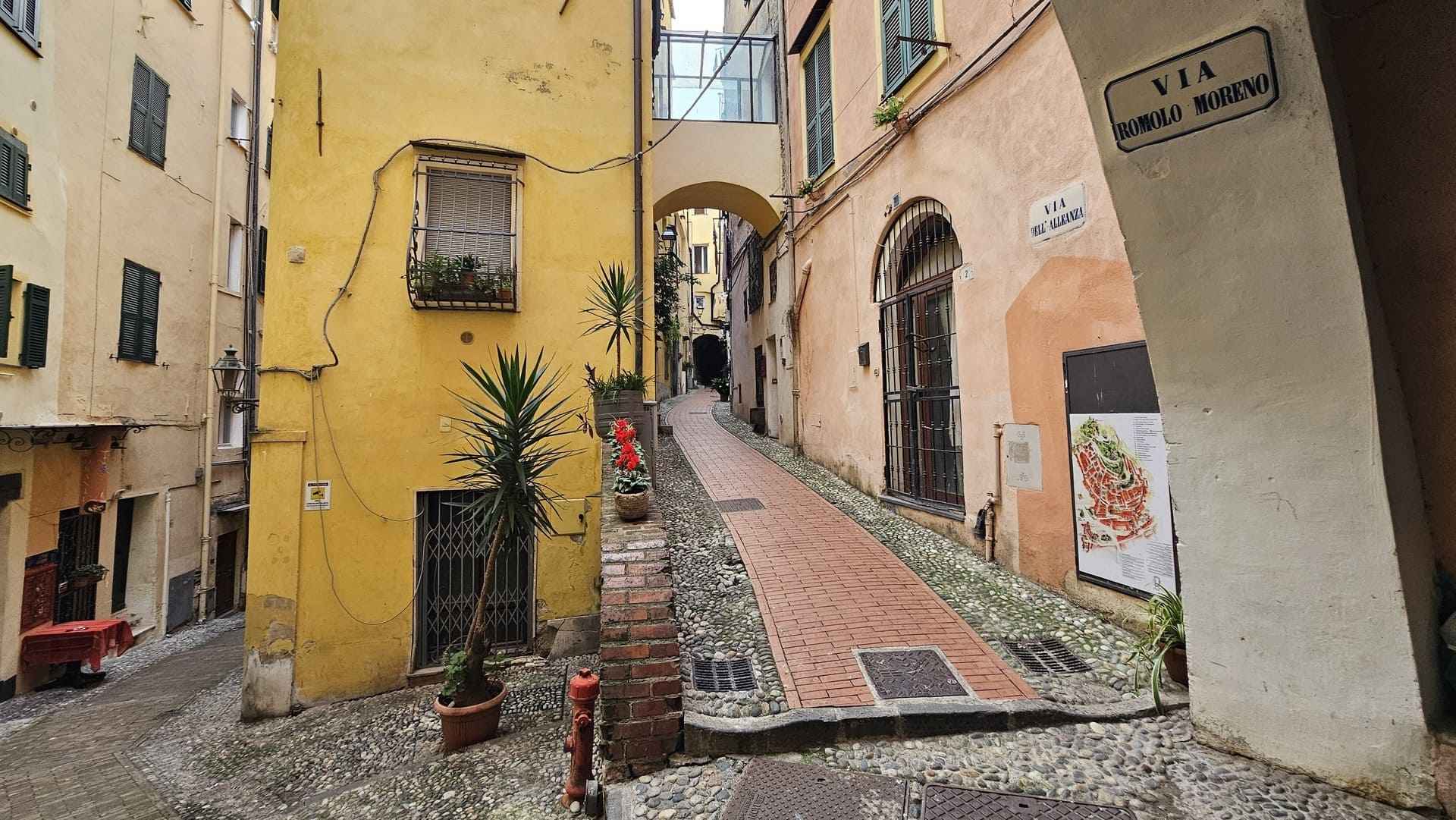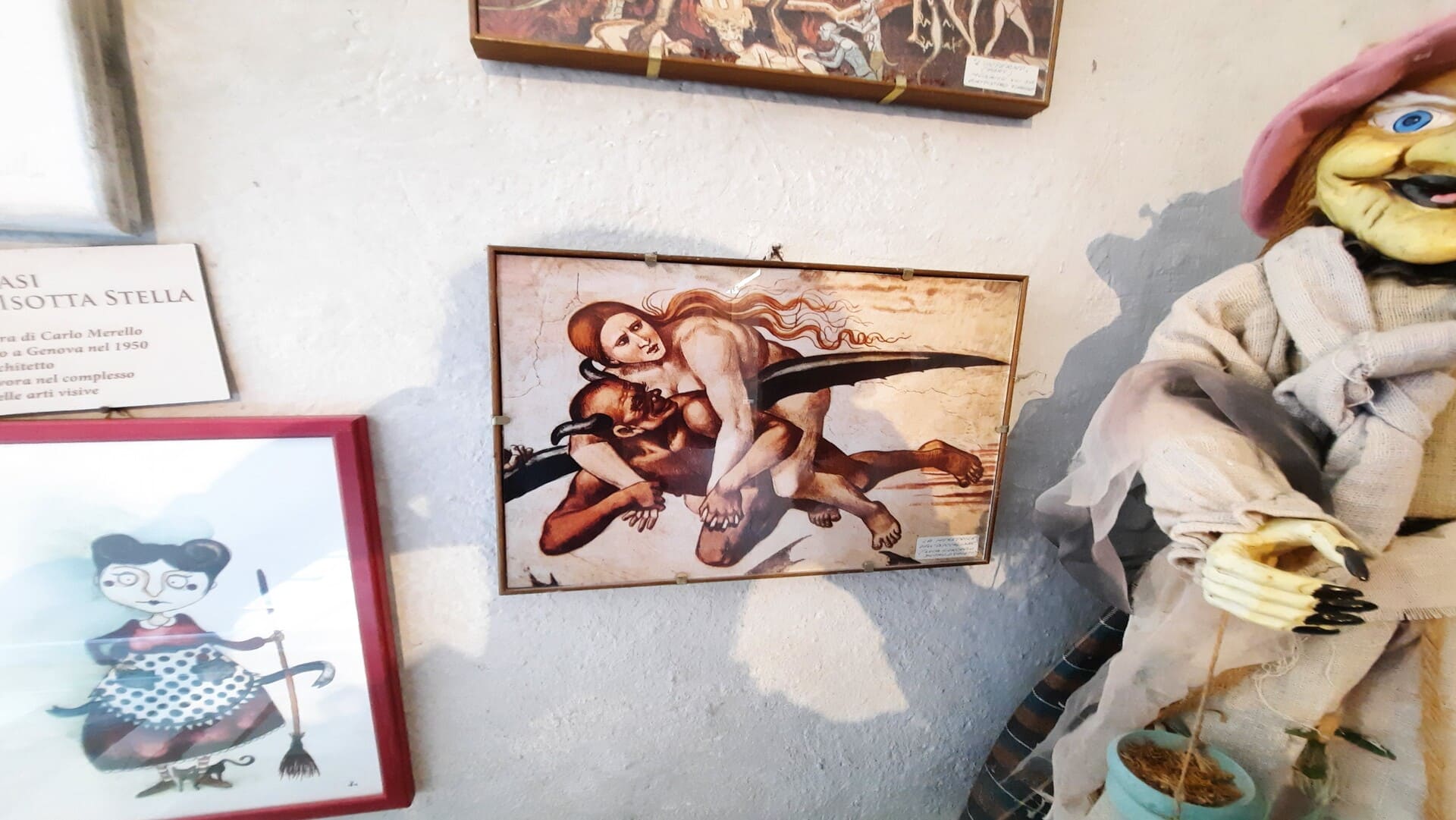
Discovering the Ligurian Riviera
A visit to Triora's museums: the Ethnographic and Witchcraft Museum and the Civic and Diffuse Museum
January 08, 2023
Triora, famous for being the town of witches, is located in the first hinterland of the province of Imperia, in Val Argentina. The village is perfect for a trip out of town and for those who want to get away from the coast for a moment to explore the most characteristic villages of western Liguria.
Here you can discover the legends and find the places of the witches that have made this village so famous, but also visit Triora's museums, the Ethnographic and Witchcraft Museum, as well as the Triora Museum - Civic and Diffuse.
Looking for accommodation in the area? Discover our flats in Diano Marina!
Triora's Ethnographic and Witchcraft Museum: tour[ back to menu ]
Address: Corso Italia, 1, Triora
Ticket price: 2 euros
At the entrance to the Museo Regionale Etnografico e della Stregoneria (Regional Ethnographic and Witchcraft Museum), a sign introduces the birth and purpose of the museum, which was created thanks to the young people of the Campo Eco of the Municipality of Genoa, with the support of the inhabitants of the area. Inside you can admire numerous ancient objects, some of which are still used today in rural hamlets, such as Goina and Borniga, but also in the homes of farmers and shepherds.
The Ethnographic and Witchcraft Museum of Triora is divided into 6 rooms, in each of which a cycle of rural life is shown.
In the Great Hall, in particular, you can find interesting information on the wheat cycle and all those tools that were, and in some cases still are, used in the fields by farmers, muleteers, bakers and carpenters.
One then moves on to the adjoining room, where the cycle of the chestnut tree, in the past the main source of livelihood for many families, is shown, as well as a traditionally furnished kitchen.
Descending into the basement, one experiences mixed emotions. There are four rooms dedicated to the history and legends of the witches of Triora, who gave rise to beliefs and superstitions that are still recounted today. Documents preserved in the Genoa State Archives, and faithfully reproduced and displayed here, tell of terrible tortures and merciless interrogations.
One room is dedicated to Luigia Margherita Brassetti, a noblewoman from Cagliari, whose memory is still vivid in the memory of older Trioresi. Her charitable activities, hardships and life are narrated through her diaries, photographs, cilicos, but above all through the thoughts of her pupils and the writings of her closest friends.
The rooms of the Ethnographic and Witchcraft Museum of Triora
Particularly interesting is the archaeological section of the museum, where finds discovered in the Upper Argentina Valley are exhibited. The finds, dating back to the Neolithic period, were mainly discovered in the Tana della Volpe in Loreto. However, excavations in Arma della Grà di Marmo, Arma della Vigna, the Loreto quarry, Pertuso, Buco del Diavolo and Bric del Castellaccio have also brought to light objects of everyday, ornamental and defensive use, dating from the Eneolithic to the Iron Age.
On the street level there is a large hall, evidence of the past is narrated through the wooden statuettes by Maragliano and his disciples, while in the adjoining room you can visit the fauna section, with numerous specimens of birds that still populate the plains of the Upper Valle Argentina.
For precise information on the layout of the rooms of the Ethnographic and Witchcraft Museum of Triora, see the map on the museum's website.
Inside you will also find the bell clock of the Collegiate Church, Triora's main church, and a photograph of the procession of the Mount, which has been held every year since 1756 as thanksgiving for the liberation from the scourge of locust and grasshopper caterpillars that devastated trees and plants. It was originally celebrated on 18 March, but nowadays on the second Sunday after Easter.

Caves and finds[ back to menu ]
Inside the Triora Museum there is an entire section dedicated to the finds made inside the caves in the area. These include the Arma della Gastea, the Tana della Volpe and the Grotta del Pertuso. Besides these, the Arma della Gra di Marmo and the Buco del Diavolo, both in Realdo, are also presented.
The Arma della Gastea is located near Borniga and is a cavity characterised by a narrow, low tunnel about 6 metres long. Its humidity and size make it rather inhospitable. This is why it was used as a collective burial site in two distinct periods, chronologically very far apart, corresponding to a chronological interval dated approximately between 1610 BC and 1420 BC.
The Tana della Volpe, at the current state of research, appears to be one of the westernmost sites reached during their millenary migration by the people of the square-mouthed vase culture, in addition to the Riparo di Loreto. Specifically, it is a small cavity formed by the accumulation of large rockslides, which opens at the base of a high rock face and at the top of a steep debris gully at an altitude of about 750 metres on the orographic right of the Argentina stream. The very narrow entrance leads into a narrow, low room with irregular contours.
In the course of four excavation campaigns, which began in 1972 and continued in the years from 1978 to 1981, an archaeological deposit divided into five different stratigraphic layers, approximately 150 cm thick, was brought to light.
In layer IV, the oldest, dating to a Middle Neolithic phase, fragments of several square-mouthed vessels were found. In addition to the pottery, a bone awl, a tiny flint blade, a fragment of a probable pendant made from a boar tusk and three perforated shells for ornamental use were also found.
Immediately above this is a thick layer more than a metre thick, forming Layer III and Layer II. Here, a veritable charnel house was found with human remains in a chaotic layout, scattered between the stones and in the deepest crevices. The archaeological material consists solely of fragments of impasto ceramic vessels.
Layer III also yielded globular vessels with small ashlars and sub-cylindrical flat-bottomed sockets, referable to a phase between the Final Neolithic and the Eneolithic around the middle of the 3rd millennium BC.
New vascular forms appear in Layer II, which has been heavily reworked due to successive funerary depositions over time. In particular bowls or keeled cups with shiny black surfaces, datable to the Middle Bronze Age. But also ollae and urns with coarse impasto, which show claw and stick decorations, obtained by simply pressing a nail and using the tip of a stick on the clay before firing, attributable to a period between the Late Bronze Age and the Early Iron Age.
The Grotta del Pertuso opens at the base of the Rocca di Goina, at an altitude of about 1330 metres, in an impervious area of the upper Capriolo Valley. A narrow triangular-shaped opening, perfectly exposed to the south, leads into a small chamber of about 20 square metres, with a very low ceiling. The entrance is partially obstructed by a stone slab embedded in the ground, probably placed there in ancient times with the aim of preventing access or concealing the opening.
To the right of the first chamber, a very narrow tunnel leads to a descending gallery full of boulders, which ends, after about ten metres, in a fairly large room divided into several sectors.
During a speleological exploration in 1962, the Molinese Augusto Zucchetto found a large quantity of human bones, chaotically scattered among the stones and boulders, belonging to at least 18 individuals. The calibration of two radiometric dates (GrN-14938:3455±35 BP; GrN- 14937: 3350±35 BP), recently carried out on samples of human bones, indicates that the burial use of the cavity dates back to the end of the Early Bronze Age. Subsequently, the San Remo Research Group collected fragments of at least four or five pottery vessels and some ornamental objects, with a turquoise-blue vitreous coating that was unfortunately destroyed.
A series of systematic research campaigns promoted by the Archaeological Superintendency of Liguria were conducted in 1984 and 1985, following which it was possible to recover additional human bones, as well as remains of fauna and charcoal, the radiometric dating of which gave a date referable to the Copper Age (HAR-6760:4410±150). Also found with them were a bronze lozenge lesin, two Dentalium shells, a Columbella rustica and a Monodonta turbinata, 35 aragonite beads and a fragment of a probable flint half-moon.
Considering its location, the small cave was probably exploited by shepherds, who in the summer months led their flocks to graze on the meadows of the upper Roe valley, in a period between the Copper Age and the Early Bronze Age. The study of the human bone remains found has documented the presence of adult individuals of both sexes, as well as children and adolescents. The Pertuso Cave is thus configured as a sacred place intended for funerary purposes.
Brassetti Hall[ back to menu ]
The Brassetti Room is named after Luigia Margherita Brassetti, a Sardinian noblewoman who moved to Triora in the early 20th century and who, with her charitable works and the considerable sums of money she donated during her lifetime, won the affection of the people of Triora. On display in the hall are numerous relics, including an old Italian flag from 1912 and various sewing machines.
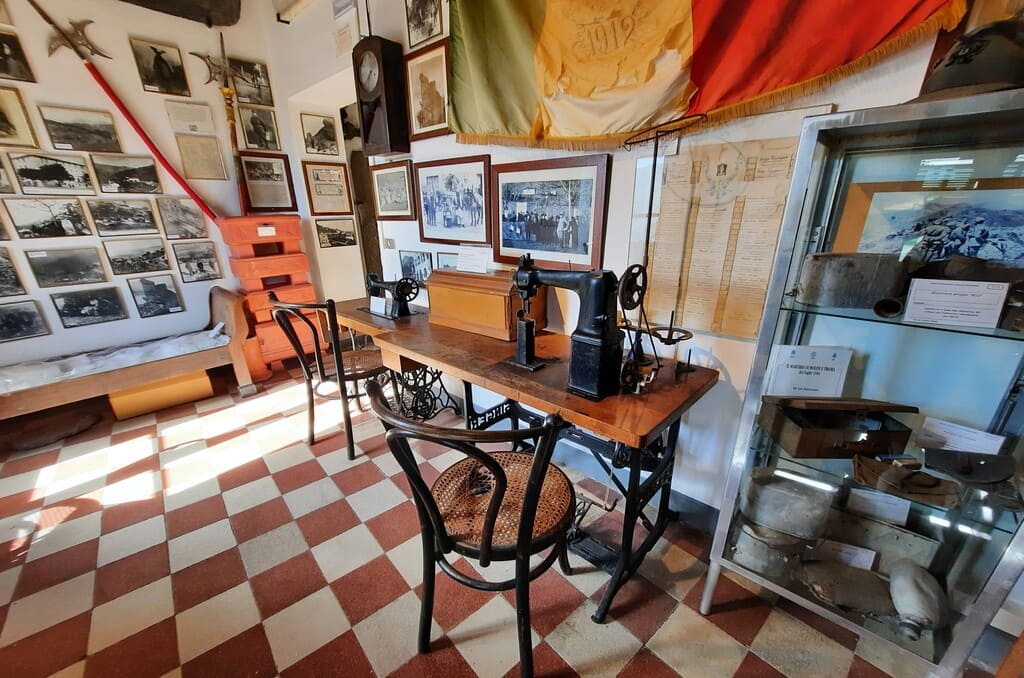
The library[ back to menu ]
On the basement floor is the section of the museum dedicated to the library, which houses texts mainly concerning magic, witchcraft, and demonology. There are currently about a hundred volumes.

The museum cellar[ back to menu ]
Immediately after the library you enter the museum cellar, where numerous relics and tools once used in the fields, in this case mainly for the grape harvest, are displayed. A sign tells the story of the peasants of Triora, who went to the vineyards in October to harvest and then ferment the grapes, and explains all the steps in the process.

The next room is dedicated to the hearth and sheep farming. Here too, a sign explains in detail what was the traditional composition of a rustic kitchen, the customs of the time and the foods that were prepared.
Another sign delves into the practice of pastoralism in these areas, where pastures were mainly made up of sheep and cattle, which were mainly exploited for milk and dairy products. It is therefore possible to discover the habits of the shepherds, who took turns grazing their beasts in the pastures, and all the steps involved in processing the milk and creating the typical mature cheeses.
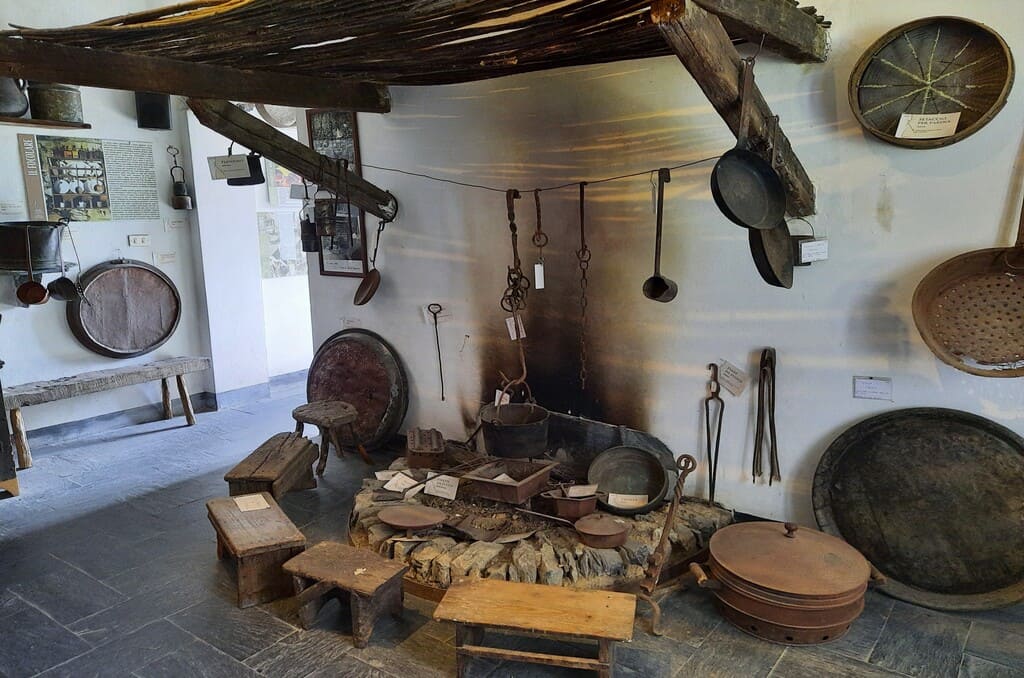
The next room is entirely dedicated to the cycle of the chestnut, once the main food of the mountain people. A life of sacrifice, of which few traces remain today, except for the centuries-old, imposing chestnut trees. From the chestnuts was obtained the precious flour, much used in tagliatelle, gnocchi and other typical foods, but also to prepare tasty desserts, such as castagnaccio.
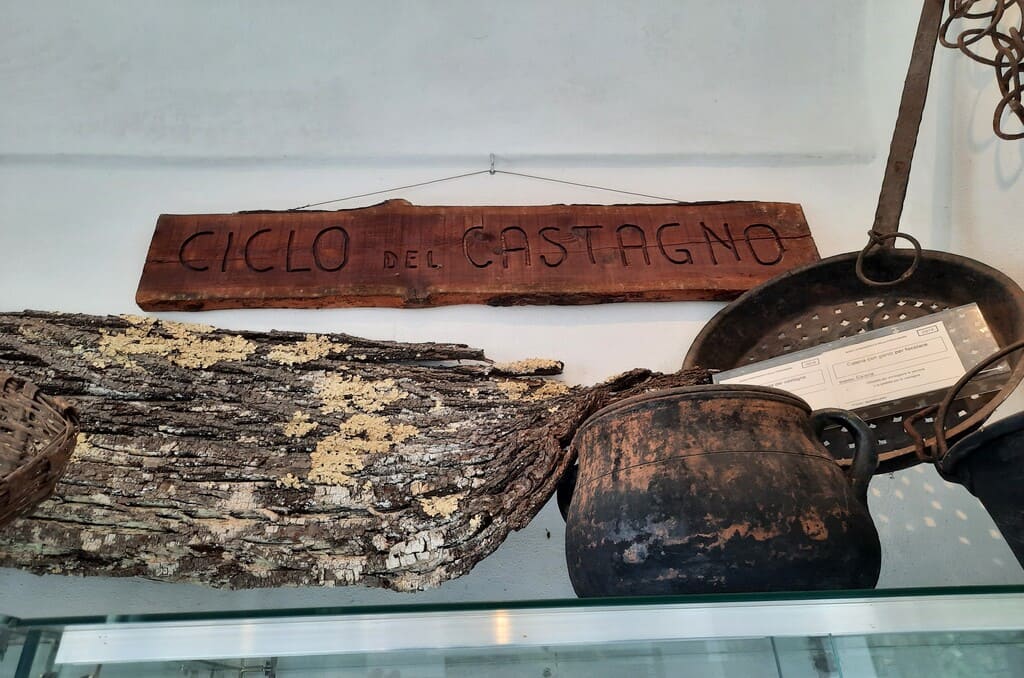
The next room is dedicated to life in the fields and ancient crafts. Agriculture in the Upper Valle Argentina was very similar to that of other mountainous areas in Liguria. In the 16th century, the Triora area abounded in wheat, wine and chestnuts. In the past, cereals were also cultivated, such as wheat, oats, barley and rye, which have now disappeared, and legumes such as chickpeas, lentils, chickling peas and potatoes. Olive trees grew at lower altitudes. Particular attention was also paid to the pastures and meadows for the fodder of cattle, sheep and goats, an activity that is still important today.

One then moves on to the room dedicated to witchcraft, where one can observe witch dolls and effigies associating witches with the devil. A little further on is a reproduction of the ancient dungeons in which alleged witches were imprisoned and tortured, with mannequins simulating the scenes described in documents that have survived to the present day: in particular, there is the trestle, the witch's prison, the axe and the interrogation scene.
The next room contains the proceedings of the witch trial, with miniatures of witches and demonic images. There is also an extremely meticulous description in the language of the time and the original letters related to the trial, all displayed in full view with signs summarising the history of the witches of Triora.

The garden[ back to menu ]
Finally, it is possible to enter the garden, from which one can admire a magnificent view of the whole of Triora. Here, a number of work tools are on display, as well as original signs that read 'Parking reserved for witches'. Under an arch there is also a reproduction of the stylised village of Triora.
The Triora Museum - Civic and Diffuse[ back to menu ]
Address: Piazza Tommaso Regio, Triora
Ticket price: 4 euros
The Museo di Triora - Civico e Diffuso is spread over 5 floors, inside the premises of Palazzo Stella. It is a highly modern museum, with automated entrance that also allows payment by card, which has recently been completely restored and, in some ways, represents the 2.0 version of the ethnographic museum. It was financed by the Interreg project, i.e. the European Regional Development Fund.
The ticket machine prints a ticket with a QR code: simply place it on the reader at the entrance and an automatic door opens, through which you enter the museum. Please note that the museum has an internal lift up to the fourth and penultimate floor.

The educational section[ back to menu ]
On the first floor is the educational section, dedicated mainly to children, who can have fun dressing up as characters from ancient Triora. Here you will also find a sign telling the history of the village.
The Naturalist's Cabin[ back to menu ]
Next is the Naturalist's Cabin, an area inside which one can find a sort of reinterpretation of the fauna section and the hearth of the ethnographic museum, although everything is made less austere and more modern, with panels explaining the local flora and fauna.
The ethnographic section[ back to menu ]
Moving upwards, we find the ethnographic section of the museum, mainly oriented towards the theme of witches. Various panels explain the uses of amulets and talismans, with statuettes dedicated to the cult of the Mother Goddess. There is also an exhibition of ceramics from Montalto Ligure, a municipality not far from Triora.
It is also possible to investigate the evil eye prayer: from the special panel, simply lift the handset and listen to the explanation.
Other panels, on the other hand, narrate and investigate the possible meeting places of the witches of Triora, putting forward hypotheses, in addition to the Cabotina. In fact, the inquisitors believed they met in places near water, in particular near Lake Degno, not far from Molini di Triora, and Triora from the spring outside the village of Campomavue.
In addition, the abundance of animal skins resulting from the practice of sheep farming allowed for the development of handcrafted shoe production. Not only that, other important economic resources were derived from sheep, from which wool was obtained, from the woods, from which firewood was collected, and above all from the slate quarries, for the working of stone.
The witchcraft section[ back to menu ]
The section dedicated to witchcraft retraces the history of the Triora witch trials, with multimedia panels and videos explaining the historical reasoning behind the various trials that have taken place over the years.

The world of witches in comics[ back to menu ]
Past a modern conference room, where videos on the history of the witch trials were shown, on the top floor is a small section dedicated to the world of witches in comics.
Also on the top floor, there are currently two temporary exhibitions, one dedicated to the Arcana of the Tarot de Marseille, and the photographic exhibition Grembo, by Chiara Giovanelli.
As one climbs inside the museum, it is worth pausing to admire the views of Piazza Tommaso Regio and the view of the Collegiata, Triora's main church.

Listen to all podcasts published on our official channels:
